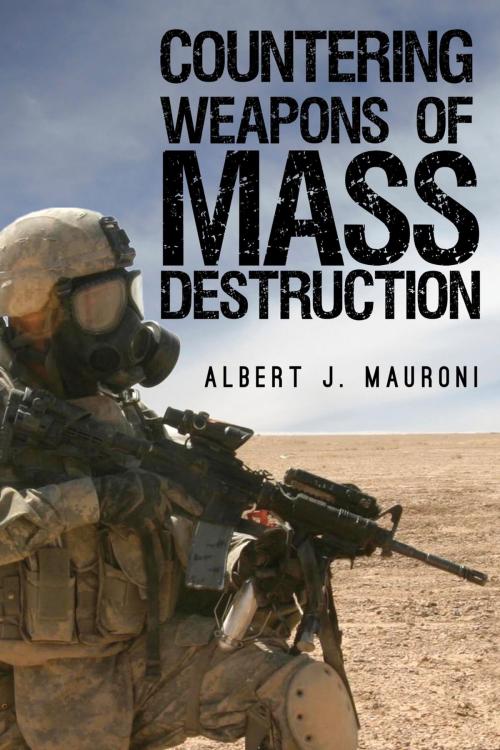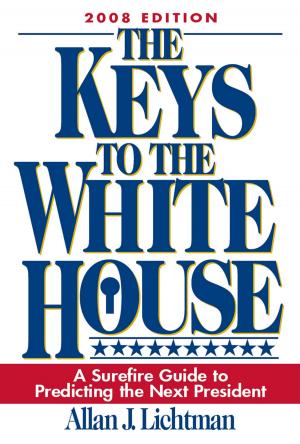Countering Weapons of Mass Destruction
Assessing the U.S. Government's Policy
Nonfiction, Social & Cultural Studies, Political Science, Politics, Arms Control, International, International Security| Author: | Albert J. Mauroni | ISBN: | 9781442273313 |
| Publisher: | Rowman & Littlefield Publishers | Publication: | October 12, 2016 |
| Imprint: | Rowman & Littlefield Publishers | Language: | English |
| Author: | Albert J. Mauroni |
| ISBN: | 9781442273313 |
| Publisher: | Rowman & Littlefield Publishers |
| Publication: | October 12, 2016 |
| Imprint: | Rowman & Littlefield Publishers |
| Language: | English |
The Cold War phrase “weapons of mass destruction” continues to be used despite significant changes in international political cultures, military concepts of operation, and technology advances. Today, the term “weapons of mass destruction” (WMD) is used to address many things, from grams of ricin and barrels of industrial chemicals to megaton nuclear weapons. As a direct result of the decision to refer to all nuclear, biological, and chemical (NBC) weapons as well as biological, chemical and radiological (CBR) hazards as “WMD,” we have lost the ability to accurately develop, assess, and discuss policy concerns relating to the contemporary use of unconventional weapons on the battlefield and within the homeland.
This book uses a public policy framework to examine how the U.S. government, and in particular the U.S. military, should address the potential use of unconventional weapons in the 21st century. It defines the problem, identifies the policy actors and reviews policy options. It discusses past policy efforts before offering a critical review of current strategies and how WMD issues are integrated into the current military Joint Operating Concepts (deterrence, cooperative security, major combat operations, irregular warfare, stability, and homeland security), and proposes new national framework for countering WMD. The aim is to answer such questions as what does counterproliferation mean and whether the U.S. government is adequately prepared to protect U.S. citizens and its armed forces from adversaries developing unconventional weapons.
The Cold War phrase “weapons of mass destruction” continues to be used despite significant changes in international political cultures, military concepts of operation, and technology advances. Today, the term “weapons of mass destruction” (WMD) is used to address many things, from grams of ricin and barrels of industrial chemicals to megaton nuclear weapons. As a direct result of the decision to refer to all nuclear, biological, and chemical (NBC) weapons as well as biological, chemical and radiological (CBR) hazards as “WMD,” we have lost the ability to accurately develop, assess, and discuss policy concerns relating to the contemporary use of unconventional weapons on the battlefield and within the homeland.
This book uses a public policy framework to examine how the U.S. government, and in particular the U.S. military, should address the potential use of unconventional weapons in the 21st century. It defines the problem, identifies the policy actors and reviews policy options. It discusses past policy efforts before offering a critical review of current strategies and how WMD issues are integrated into the current military Joint Operating Concepts (deterrence, cooperative security, major combat operations, irregular warfare, stability, and homeland security), and proposes new national framework for countering WMD. The aim is to answer such questions as what does counterproliferation mean and whether the U.S. government is adequately prepared to protect U.S. citizens and its armed forces from adversaries developing unconventional weapons.















